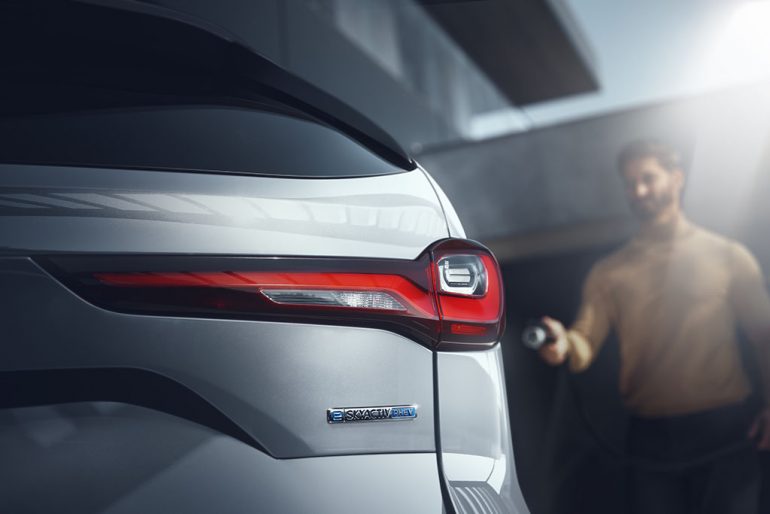
Mazda has recently announced their approach to electric vehicles (EVs) by reaching an agreement with Tesla, Inc. to adopt Tesla’s North American Charging Standard (NACS) for the charging ports on Mazda’s Battery Electric Vehicles (BEVs) set to launch in North America starting from 2025.
This collaboration with Tesla is aimed at expanding charging options for Mazda BEV customers, enhancing the overall charging convenience for users. By integrating the NACS into its upcoming electric vehicles, Mazda seeks to provide customers with access to an extensive network of charging infrastructure. Notably, this includes the utilization of more than 15,000 Tesla Superchargers strategically located across North America.
Also, don’t forget that you can get discounted new car pricing with a free quote through qualified local dealer partners.
The decision to embrace Tesla’s charging standard reflects Mazda’s commitment to offering a seamless and efficient charging experience to its customers. By leveraging Tesla’s established charging infrastructure, Mazda aims to address one of the key concerns associated with electric vehicle adoption – access to a reliable and widespread charging network.
In aligning with the NACS, Mazda emphasizes its dedication to the core value of “Human Centric” and its pursuit of the ‘Joy of Driving.’ The company is not merely focused on the technological aspect of electric vehicles but also on enhancing the overall driving experience for its customers. The integration of Tesla’s charging standard is seen as a strategic move to contribute to the broader goal of delivering the ‘Joy of Living’ by creating moving experiences in customers’ daily lives.
This collaboration between Mazda and Tesla highlights the increasing importance of standardization in the electric vehicle industry. As more automakers join forces to adopt common charging standards, it is expected to facilitate the growth of EV adoption by addressing concerns related to infrastructure and compatibility. In the coming years, this move by Mazda may set a precedent for further collaborations within the automotive industry to streamline charging solutions for electric vehicles.